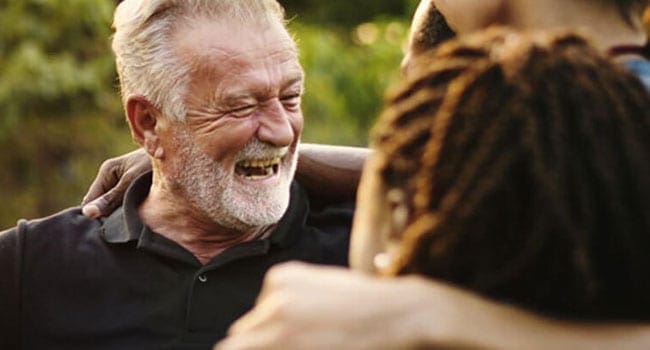 Many of us volunteer to sit on boards of non-governmental organizations (NGOs), and some of us also sit on for-profit boards that govern businesses. In both cases, we know the experience (and consequences) of good and bad board encounters.
Many of us volunteer to sit on boards of non-governmental organizations (NGOs), and some of us also sit on for-profit boards that govern businesses. In both cases, we know the experience (and consequences) of good and bad board encounters.
Consequently I increasingly ask myself, after board meetings, how did it really go? Was the time spent worthwhile, for the organization and for the board members?
I chair a national board, act as treasurer on one and a committee chair on another, and am a member of two more boards that are committee-free. That’s five boards: four NGOs and one corporate.
Over the past 40 years, I’ve sat on over 30 boards, a number that increasingly astonishes me. So in the spirit of reflection and just feeling good about another weekend of board meetings, I’m going to probe my psyche to explain my current satisfaction.
A big part of the satisfaction stems from the reality that the best boards really reflect Canada’s diversity: of gender, age, ethnicity, language, geographic regionality, educational and work backgrounds, and of enthusiasm for the cause (whatever it is). Sitting with men and women, sharing millennial-to-boomer-nuanced thought, often with all varieties of ‘settlers’ but increasingly with Inuit, First Nations and Metis it’s much easier to understand the unique strengths of Canada’s national boards. And of Canada.
Increasingly, many NGO boards are important vehicles for reconciliation, and for sharing cultural perspectives, such as creating co-management and co-governance regimes for parks, protected areas, curatorial and guardianship programs. As the reconciliation progresses, there’s increased opportunity for creating for-profit, employment-creating ventures based on the trust created in NGO settings. I’ve participated in this process twice in the past decade, leading to two corporate startups.
All of the boards I’ve chaired, and many of the others, have made room for staff to attend meetings as discussion participants and presenters. While we occasionally go in camera when needed, easily 50 per cent of most meetings can accommodate staff at the board table. Most recently, we had a new Queen’s University MA graduate and brand new employee present. She had played an important organizing role in a board and staff Lobby Day on Parliament Hill. Her evident and attentive enthusiasm was a visible tonic for older board members and staff alike.
Having staff and board present at meetings is an important part of creating healthy work/governance relationships. But informal opportunities for association are important, too. Senior staff especially value opportunities to display their expertise; board members may also desire the same ends. For information to flow both ways, it’s important to create opportunities for both groups to talk and share expertise away from the table. Field trips, events like Lobby Day, and shared travel provide opportunities to simply get to know one another.
While all of the above governance practices reflect insider knowledge, notably high-performance boards also impress outsiders. This is a pretty important process because outsiders are the recruitment stock for new board members, philanthropic funders, potential project partners, highly qualified and motivated staff, and word-of-mouth supporters. Crabby boards, dysfunctional and indebted NGOs and corporations don’t attract the best and the brightest. And just as excellence becomes obvious, so does its absence.
All of my Canadian board associations have taken on a new relevance over the past year, as events to the south of the border serve to imbalance the body politic (and, I hazard to say, mental health) of many archetypal NGO and green corporation aficionados. Increasingly, my NGO board service enables the obvious exercise of values attuned to participatory democracy, environmental sustainability, cross-cultural empathy and multicultural sensitivity. All of these values are susceptible to atrophy if they’re not practised and seen to be practised.
A loyal American reader of my column (who lives in Washington, D.C.) wrote an email recently thanking me for reminding him “that lots of great things were happening outside the Beltway.”
In this spirit, I work hard as a board chair to keep us all on track as we discuss the issues generated by our practices. I record our deviations from this goal with my watch. Recently, we began our Ottawa board meetings at 9 a.m. sharp and Donald Trump was not referenced until 11:35.
Mike Robinson has been CEO of three Canadian NGOs: the Arctic Institute of North America, the Glenbow Museum and the Bill Reid Gallery. Mike has chaired the national boards of Friends of the Earth, the David Suzuki Foundation, and the Canadian Parks and Wilderness Society. In 2004, he became a Member of the Order of Canada.
The views, opinions and positions expressed by columnists and contributors are the author’s alone. They do not inherently or expressly reflect the views, opinions and/or positions of our publication.

